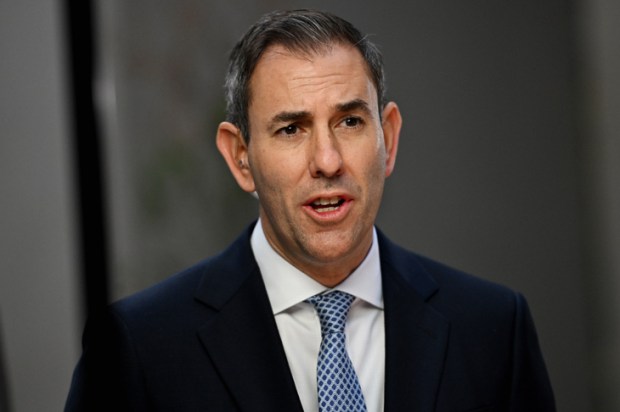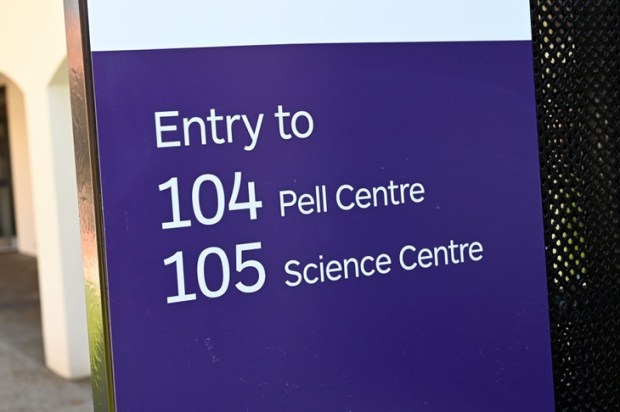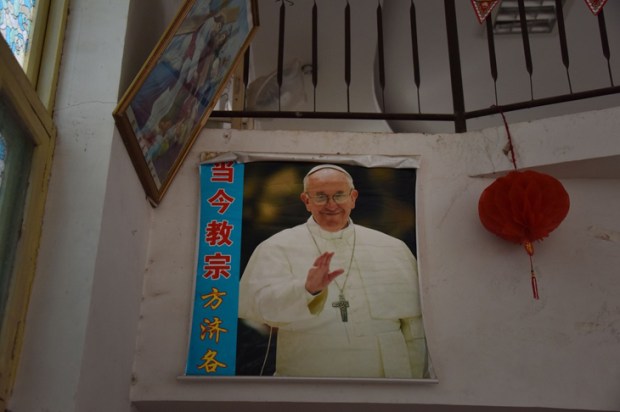One of my favourite pastimes is to roam around the neighbourhood with the grandchildren, taking in the sights and looking for any attractions. Halloween is a particularly favourite time, second only to Christmas, because of the spooky decorations some householders haul out of the garage to adorn their front yards.
Skeletons, ghosts, zombies, witches, bats, spiders, spider webs, pumpkins – we love it all. But sadly, on our latest recce, I felt the offerings were a little sparse, although there were some amazing displays. I guess if you don’t have primary school age children or kinder kids, you mightn’t bother so much with the orange and black.
Of course, there are a lot of wrinklies living in my hood – it wasn’t always so – but it did get me thinking about the ongoing and precipitous decline in the fertility rate in Australia. The figure for 2023 has just been released and has come in at 1.5 babies per woman.
Bear in mind here that a figure of just over 2 is required for the population to replace itself. Absent migration, we would be heading for a fall in the size of the population. The last time it was over 2 was in 2008 after several years of Peter Costello’s Baby Bonus which pumped up the average size of families, at least for a while.
But at 1.5, our fertility rate is the lowest it has been, lower even than in 1935. In that year when the effects of the Great Depression were still lingering, fertility in Australia was still above 2. There were some bumper years in the post-World War II baby boom, with the peak fertility rate reached in 1961 at well over 3. (My brother was born in 1960, my younger sister in 1962.)
To my mind, the current low and falling fertility rate is the ultimate sign of widespread pessimism in society and a lack of confidence in our institutions to deliver good outcomes for all of us. To be sure, it’s also about hard facts like the seeming impossibility of covering the high costs of bringing up children while meeting all the other cost of living expenses, particularly housing costs.
In response to the alarming trends in fertility and the consequent low rate of natural increase in the population, some commentators immediately jump to the conclusion that we need to have high rates of immigration as an offset.
This is entirely the wrong conclusion. In fact, high migrant intakes are likely to be one of the factors driving low fertility because of the impact of immigration on house prices, congestion and pressure on services.
It’s worth looking at the figures to see how askew the situation is. On the latest figures, Australia’s population increased by over 600,000 in the year ending in the March quarter. But only just over 105,000 of this increase was because of natural increase (births minus deaths), with net overseas migration making up the rest.
In other words, natural increase made up less than 20 per cent of the total growth in the population. Bear in mind here that the annual growth rate of Australia’s population – it was 2.3 per cent – puts us right up the top of advanced economies.
The point is that there are no laws of economics or politics, for that matter, that dictate that high rates of immigration must substitute for low and falling fertility rates. Of course, there are political pressures from various lobby groups to keep the rate of population growth humming along – think here property developers, retailers, educational institutions – and treasurers are always similarly inclined lest the economy slip into negative growth. The fear of a recorded recession always looms large for the Jimbos of this world.
But there are countries around the world that have rejected high rates of immigration notwithstanding very low rates of fertility – Japan being the best example. In fact, the Japanese population is declining and there are large swaths of elderly people. But adjustments have been made to accommodate this situation, with not too much notice being paid to the actual figures on economic growth. In Japan, social cohesion rates much higher as an important consideration than simply pumping up GDP growth.
As Speccie readers know, it is per capita growth that matters rather than absolute growth. Changes in per capita GDP are a reasonable proxy of changes to living standards and this is the target on which the governments should focus.
The fact that we have had six consecutive quarters of negative per capita GDP growth in Australia is the killer point: people’s living standards have been slipping. It’s not at all surprising that there is little optimism around and an accompanying lack of enthusiasm for having kids.
Even so, politicians think they can tackle the impediments to people having children by meddling with the housing market. The Victorian Premier, Jacinta Allan, seems to have been on some sort of uppers as she makes multiple announcements that are designed to increase the supply of housing. Of course, whether any of the initiatives will come to anything is another matter, but all politicians love an announcement, particularly if they can dress up in a fluoro vest and put on a hard hat.
The core of Allan’s vision is to have multiple high-rise apartment buildings located in middle suburbs near railway stations. The fact that survey work undertaken by one of her government agencies tells us that most people, particularly those with families, don’t want to live in apartments doesn’t seem to put her off or even bother her.
In 2022, 6,000 people with moderate incomes in Melbourne, Geelong and Ballarat were surveyed and two-thirds of them stated their preference for a stand-alone house. Indeed, less than 4 per cent nominated a high-rise apartment. People with families were set on having a stand-alone house with a backyard. This finding is in keeping with other survey results, including those undertaken by Westpac and the IPA.
It’s not even clear that apartments are actually a good investment. There is a section of South Yarra, a very close-in suburb in Melbourne, that now contains multiple high-rise apartment buildings creating wind tunnels and blocking out the sun from each other. They were very popular with investors a decade or so ago.
It turns out that they have been a complete dud when it comes to capital growth. Indeed, the market is so weak, notwithstanding the general shortage of housing, that capital values for most apartments have declined by $100,000 to $200,000. For first home buyers, in particular, such a loss of capital value would be devastating.
The fact that quite a few of these apartments have rooms with ‘indirect sunlight’ – real estate code for windowless – no doubt has contributed to this outcome. They are also very unsuitable for families – too small and not close to parks or playgrounds.
Where have the children gone? We have just made it too hard for people to have them and this is surely a tragedy. (Mind you, for those couples who nominate climate change as the reason for not having children, there could be an upside for society.) Using immigration as a replacement for natural increase is a deeply flawed approach.
Got something to add? Join the discussion and comment below.
You might disagree with half of it, but you’ll enjoy reading all of it. Try your first month for free, then just $2 a week for the remainder of your first year.













